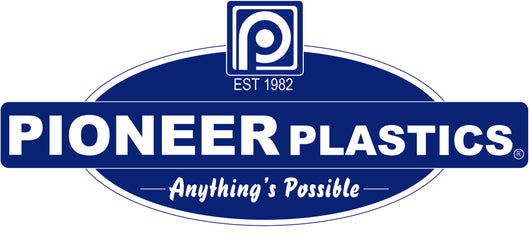
Septic Tanks 101: Everything You Need to Know
There is a high demand for septic tanks in areas without sewer connections or with inadequate drainage systems. Excrement and sewage are collected in large underground tanks, which are most commonly found in rural areas. Urban areas rarely use septic tanks because municipal waste is treated and transported by sewers and maintained by local water companies.
Household Septic Tank Systems Basics
Septic tanks are simple in design. Fibreglass, plastic, or concrete are the materials that make up an underground waterproof container (typically circular or rectangular). The tank is connected to two pipes, one for the inlet and the other for the outlet. Water waste is collected by the inlet pipe, thus separating liquid and solid waste inside the septic tank. Drains, also known as outlet pipes, transport the pretreated wastewater from septic tanks to the ground and waterways.
Within a short period of time, the wastewater begins to separate into three layers. Fat and oil make up the top layer, also known as the scum, which floats on top of the waste. Waste particles and wastewater make up the middle layer. Heavy particles in the lower layer form a layer of sludge that is heavier than water.
In the tank, bacteria from the wastewater break down solid waste. Solid waste is disintegrated quickly by these bacteria, allowing liquids to separate and drain away more effectively as a result.
High-Quality Septic Tanks Pretoria
Rural homeowners who have septic tanks benefit from many advantages. Pioneer Plastics can provide septic tanks between 1000 and 5000 litres. The quality and affordability of our septic tanks are unsurpassed. Feel free to contact us for more information. We also offer a web store for your convenience. Get in touch today!
